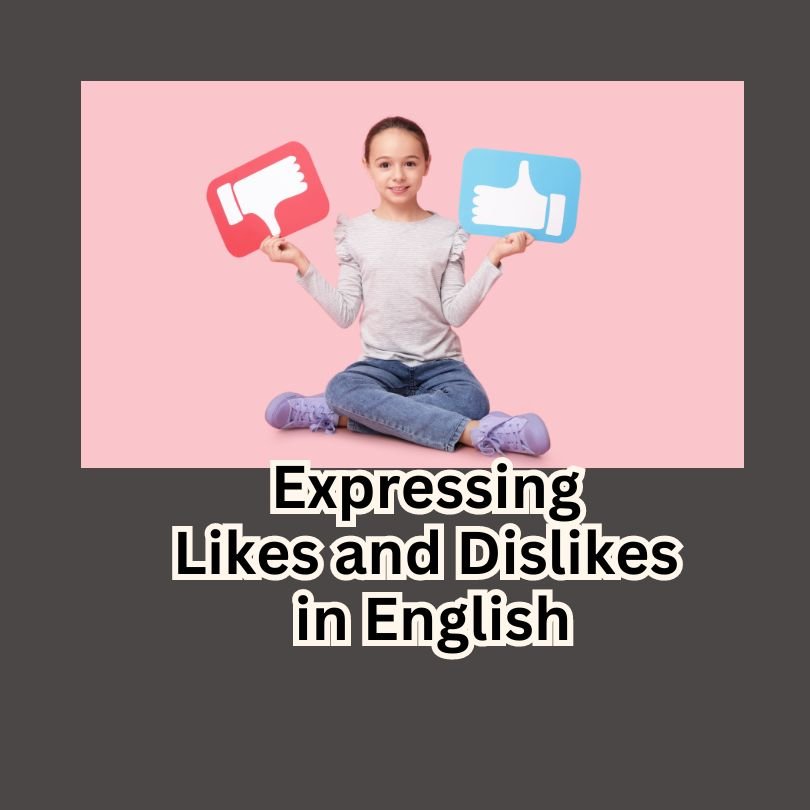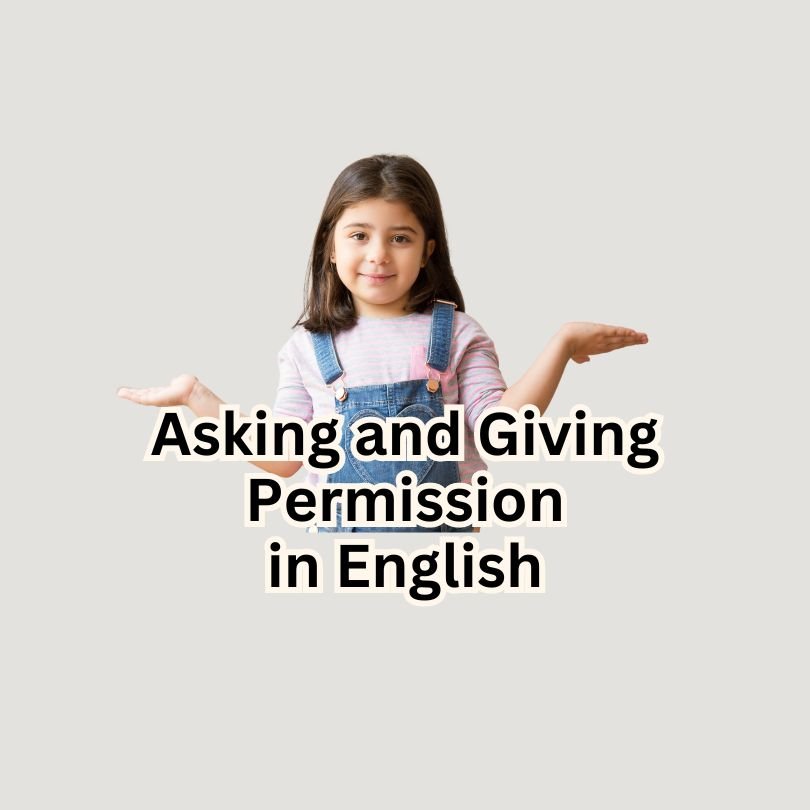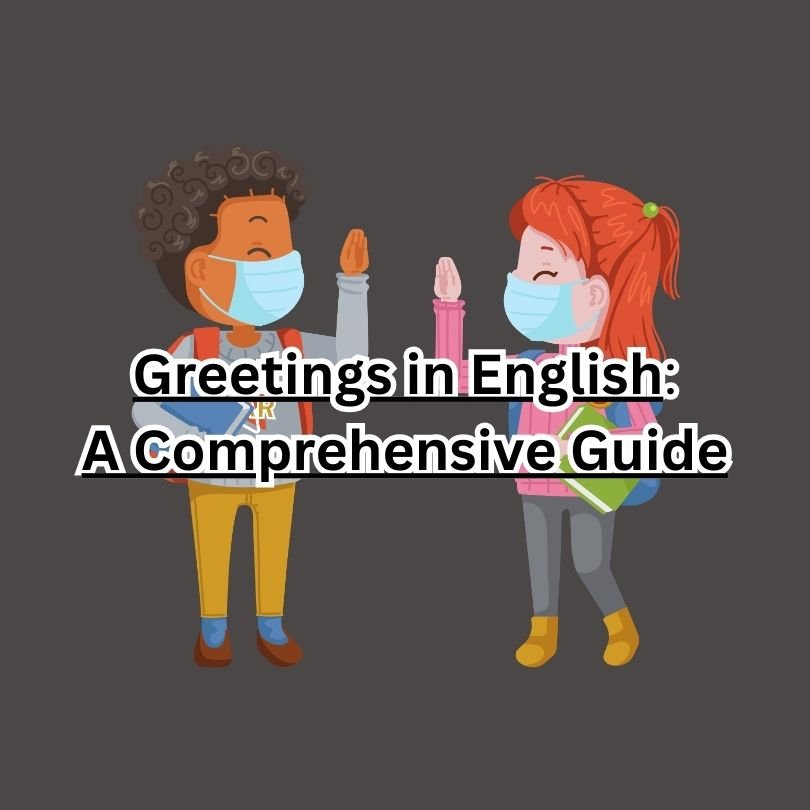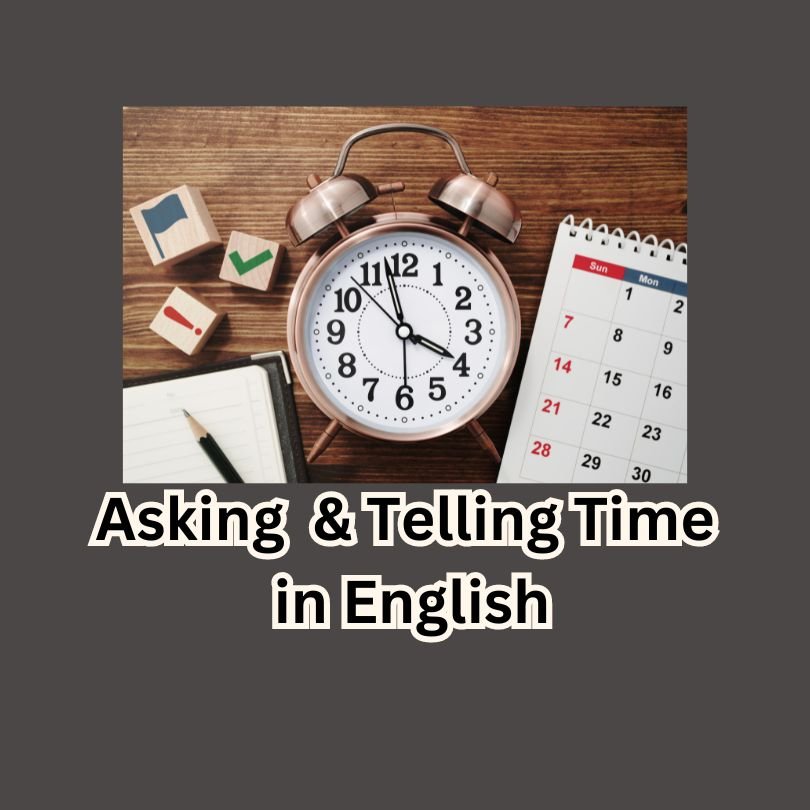Understanding Likes and Dislikes in English: Expressions, Responses, and Examples
Introduction
Understanding and expressing likes and dislikes is essential in everyday communication. Whether you’re sharing your favorite hobbies, discussing food preferences, or just chatting with friends, knowing how to talk about what you like and dislike can make conversations more engaging and meaningful. This article will guide you through common expressions for likes and dislikes, how to respond to them, and provide examples and a sample dialogue to illustrate their use in daily life.
Common Expressions for Likes and Dislikes
Expressions of Likes
- I like/love/enjoy…
- Example: “I like reading books.”
- I am fond of…
- Example: “I am fond of classical music.”
- I am keen on…
- Example: “I am keen on hiking.”
- I have a passion for…
- Example: “I have a passion for painting.”
- I am a big fan of…
- Example: “I am a big fan of football.”
Expressions of Dislikes
- I don’t like…
- Example: “I don’t like spicy food.”
- I dislike…
- Example: “I dislike crowded places.”
- I am not a fan of…
- Example: “I am not a fan of horror movies.”
- I can’t stand…
- Example: “I can’t stand loud noises.”
- I am not keen on…
- Example: “I am not keen on swimming.”
How to Respond to Expressions of Likes and Dislikes
Positive Responses
Me too!
Example:
X: “I love pizza.”
Y: “Me too!”
That sounds great!
Example:
X: “I enjoy hiking.”
Y: “That sounds great!”
I feel the same way.
Example:
X: “I like reading.”
Y: “I feel the same way.”
Absolutely!
Example:
X: “I am a big fan of football.”
Y: “Absolutely!”
Neutral Responses
Oh, really?
Example:
X: “I like classical music.”
Y: “Oh, really?”
Interesting!
Example:
X: “I enjoy gardening.”
Y: “Interesting!”
That’s nice.
Example:
X: “I am keen on painting.”
Y: “That’s nice.”
Negative Responses
I don’t really like that.
Example:
X: “I enjoy running.”
Y: “I don’t really like that.”
That’s not my thing.
Example:
X: “I love camping.”
Y: “That’s not my thing.”
I prefer something else.
Example:
X: “I am fond of spicy food.”
Y: “I prefer something else.”
Examples
- Talking about hobbies:
- X: “I love cooking. It’s so relaxing.”
- Y: “I can’t stand cooking. I always burn things.”
- Discussing food:
- X: “I am a big fan of Italian food.”
- Y: “I dislike seafood. It tastes too fishy.”
- Sharing music preferences:
- X: “I am keen on jazz music.”
- Y: “I don’t like heavy metal.”
Sample Dialogue
John: “Hey, Sarah! What do you like to do in your free time?”
Sarah: “Hi, John! I love painting. It helps me relax. How about you?”
John: “That’s nice! I enjoy playing the guitar. It’s my way of unwinding after a long day.”
Sarah: “That sounds fun! By the way, do you like hiking?”
John: “Oh, really? I am not a fan of hiking. I prefer staying indoors.”
Sarah: “Interesting! I also enjoy cooking. Do you like cooking?”
John: “I don’t really like cooking. I usually order takeout.”
Sarah: “I see. Well, everyone has their own preferences!”
By understanding and using these expressions, you can effectively communicate your preferences and engage in meaningful conversations. Practice these phrases to become more fluent and confident in expressing your likes and dislikes in English.




